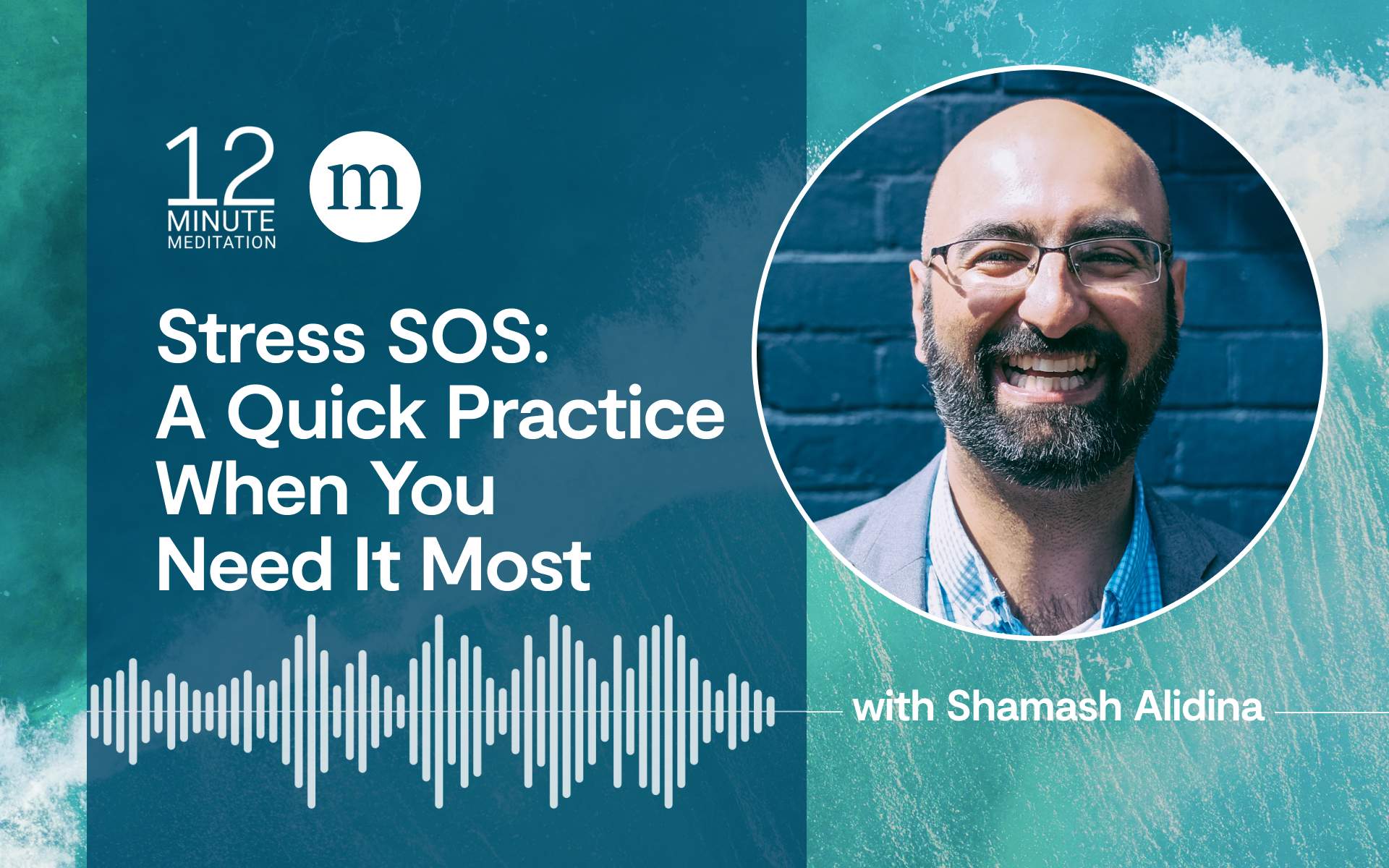During loving-kindness meditation, the meditator thinks of a particular person, visualizes her, and silently repeats a series of phrases designed to evoke feelings of goodwill toward that person. Examples of common phrases are “May you be happy,” “May you be peaceful,” “May you be healthy,” “May you live with ease.” The phrases can be thought of as friendly wishes or good intentions.
The good intentions cultivated by loving-kindness meditation lead to more supportive self-talk and better moods.
Typically, meditators start by directing the phrases to themselves, then aim the phrases of goodwill toward a mentor or benefactor, then someone they feel neutral about, then someone toward whom they have difficult feelings, and finally the idea is to expand the circle of loving-kindness to include all sentient beings. The good intentions cultivated by loving-kindness meditation lead to more supportive self-talk and better moods. Research shows that loving-kindness meditation is “dose-dependent”—the more you do, the more powerful the effects. One of the key benefits of loving-kindness meditation is reduced negative emotions like anxiety and depression and increased positive emotions like happiness and joy.
Guided Meditation: Breathing Compassion In and Out
Breathing Compassion In and Out
- Find a comfortable and kind posture. Close your eyes. Come home to your body and notice the feeling of your feet on the floor, or your seat on the cushion. Notice any internal sensations that may be arising right now. You may notice the beating of your heart, the feelings of pulsing energy. Remind yourself that you’re not just bringing awareness to your experience, but loving and kind awareness. Adopt a physical gesture that represents this caring attitude, perhaps by putting both hands on your heart. Notice how your body responds to the physical touch, the warmth of your hands. Feel free to leave your hands here for the entire meditation if you like, or put them back down at your side.
- Bring your awareness to the breath. Take a few deep breaths: big inhalations and a big exhalations. Allow yourself to release as you exhale, then let your breathing return to a normal, natural rhythm. Your mind will probably wander and when it does, when you notice it has wandered, simply call back your attention with the same quality you might use with a puppy that’s wandered off: Gently usher it back to where it needs to be in the moment. Just let your awareness rest in your breath, breathing in and breathing out.
- Recognize that you’re nurturing yourself with each in-breath. Pay particular attention to the inhalation and notice that as you breathe in, you’re giving yourself what you need in the moment. You’re nurturing yourself with each in-breath. If you are struggling in any way in your life, breathe in some other quality that you need: kindness, love, compassion. Breathe in this quality with each inhalation. Perhaps there’s a word that rests easily on each in-breath, a word that represents what you need. Or perhaps it’s more general—a golden light, a quality of warmth. Allow yourself to really receive something good for yourself with each inhalation.
- Send compassion to someone in need with your out-breath. As you breathe out, bring to mind someone you know or are aware of who is struggling and needs compassion. Allow their image to arise in your mind’s eye. Direct your out-breath to them, sending them what they need in the moment. Kindness. Love. Compassion. Again, this may take the form of a word that gently rides on your exhalation, a feeling of warmth, an image of golden light. With each out-breath, send something good to this other person who is also struggling.
- Acknowledge that you, as a human being, struggle, as does this other person. Breathe in something good for yourself, like compassion and kindness. Breathe out something good for this other person. In and out—one for me and one for you. In for me and out for you. If your mind starts to wander you can refresh the image of yourself or of the other person in your mind’s eye. Maybe put your hands on your heart once again to physically connect you with the sensation of care. Breathe in the ease of compassion for yourself, and out the ease of compassion for the other.
- Send compassion where it is needed most. If at any point your attention is drawn more to your own struggle or suffering, feel free to breathe in and focus more for yourself. Perhaps: three for me, and one for you. Or conversely, if the other person is drawing your attention more strongly, you can focus more on the out-breath, sending out the compassion they need. Or just let your breath be an equal, easy flow. In and out, in and out, like the waves of an ocean. A limitless, boundless ocean—enough for me, and enough for you. An ocean of compassion.
- Let yourself be fully absorbed by the breath of compassion. Breathe in, and breathe out. Compassion in, compassion out. No limits or boundaries. You can hold your own suffering fully, and also hold the suffering of this other person. Ride it like the waves on the ocean—in and out. If other beings come to mind who are suffering, or even groups of people, from this place of limitless, boundless compassion you can breathe out for them as well. Always include yourself with each in-breath. There’s no need for separation. Let this ocean hold all suffering in love and compassion.
- Release your focus on the breath and on the practice. Simply come back to your body. Allow yourself to feel whatever it is you’re feeling in this moment, and to be exactly as you are.
Excerpt adapted from The Mindful Self-Compassion Workbook by Kristin Neff and Chris Germer.








